This is a selection of 26 (as the letter of our alphabet) books inspiring me during the years.
I collect them in a booklet titled “Bibliogramma” in the 2004.
BIBLIOGRAMMA
In specialized bookshops – mesmeric attraction for the eyes of young designers – shelves are packed with fat collections of up-to-date bestsellers, monographs by designers claiming the death of print (vol 1, vol 2, …), sparkling magazines where text is omitted together with context..
A remark by John Warwicker, founder of the London Tomato group, reads:
“… books on design teach you nothing other than craft and in the main are poorly written, informational rather than contextual, encouraging cloning resolutely about surface and a stylistic exercise”; a compilation syndrome, an I-pod disease easily spreading and blurring the context together with the propriety of the visual translation.
If the creative process -as poetically described by Paul Auster*- is to be a journey taking us back onto the track of our experience, our work will result all that easier as richer our library, joining books and freedom in a real and not only symbolic link.
Along in this journey, we take with us not only books on design, but also other books that have moulded our way of thinking. The latter belong to our personal map, and are those that have most influenced our ideas.
We are presenting a sentimental bookshelf, which is not a suggested bibliography, but a trace onto which our map is designed. A bibliogram traced on 26 titles, all in capitals.
* […] I remain in the room in which
I am writing this. I put one foot in front of the other. I put one word in front of the other, and for each step
I take I add another word, as if for each word to be spoken there were another space to be crossed,
a distance to be filled by my body
as it moves through this space. It is
a journey through space, even if I get nowhere, even if I end up in the same place I started. It is a journey through space, as if into many cities and out of them, as if across desert, as if to the edge of some imaginary ocean, where each thought drowns
in the relentless waves of the real.
I put one foot in front of the other, and then I put the other foot in front of the first, which has now become the other and which will again become the first. I walk within these four walls, and for as long as I am here I can go anywhere I like. I can go from one end of the room to the other and touch any of the four walls, or even all the walls, one after the other, exactly as I like. If the spirit moves me I can stand in the center, of the room. If the spirit moves me in another direction, I can stand in any one of the four corners. Sometimes
I touch one of those four corners and in this way bring myself into contact with two walls at the same time.
Now and then I let my eyes roam up to the ceiling, and when I am particularly exhausted by my efforts there is always the floor to welcome my body. The light, streaming through the windows, never casts the same shadow twice, and at any given moment I feel myself on the brink of discovering some terrible, unimagined truth. These are moments of great happiness for me. […]
Paul Auster, “White Spaces”
in Selected Poems, London 1998
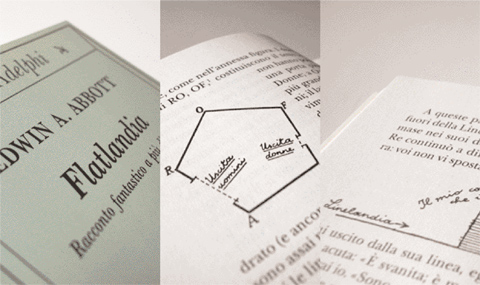
Edwin A. Abbott,
Flatlandia, racconto fantastico a più dimensioni,
Adelphi,
Milano 1998.
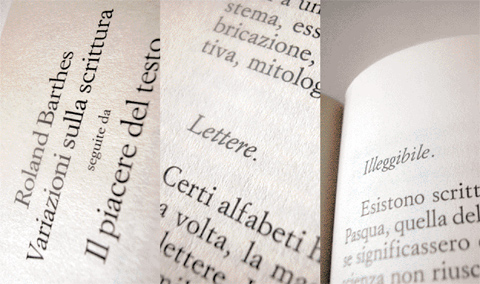
Roland Barthes,
Variazioni sulla scrittura
seguite da Il piacere del testo,
Einaudi,
Torino 1999.
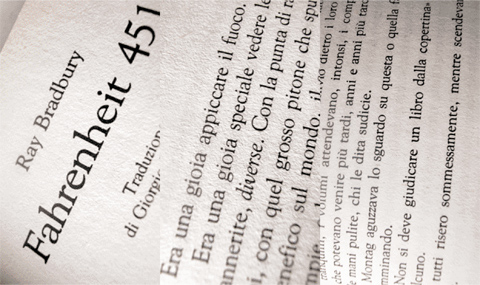
Ray Bradbury,
Farhenheit 451,
Arnoldo Mondadori Editore,
Milano 1989.
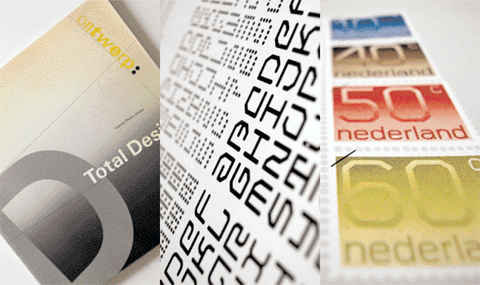
Kees Broos,
Total Design,
Uitgeverij Reflex,
Utrecht 1985.
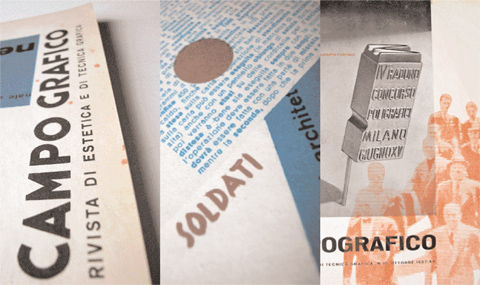
Campo Grafico,
rivista di estetica e di tecnica grafica,
nn. 1-66,
Milano 1933-1939.
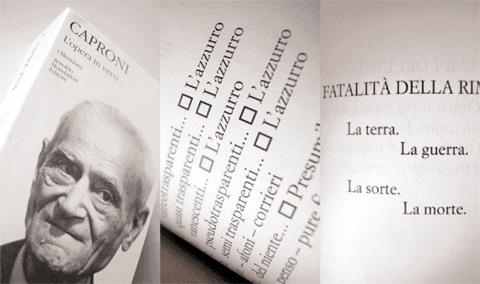
Giorgio Caproni,
L’opera in versi,
Arnoldo Mondadori Editore,
Milano 1998.
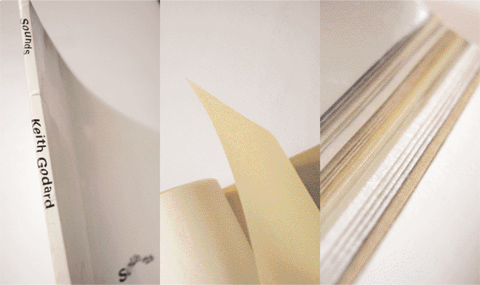
Keith Godard,
Sounds,
Works,
New York 1972.
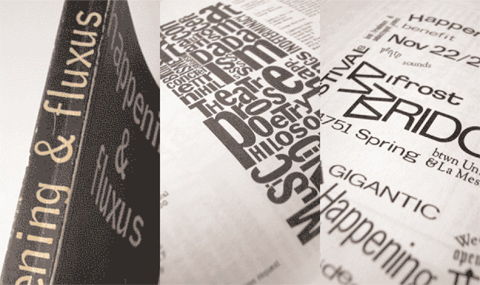
Happening & fluxus,
Harald Szeemann, a cura di,
Koelnischen Kunstverein,
Colonia 1970.
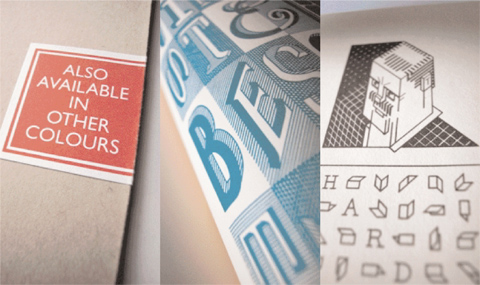
George Hardie,
Also available in other colours,
Hants 1993.
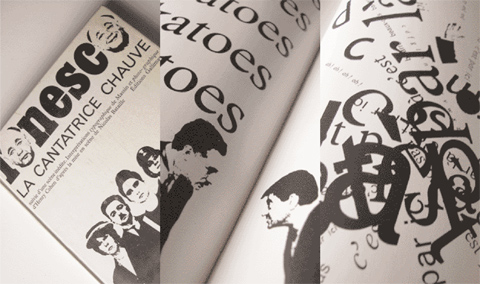
Eugène Ionesco, Robert Massin,
La Cantatrice chauve,
Gallimard,
Parigi 1964.
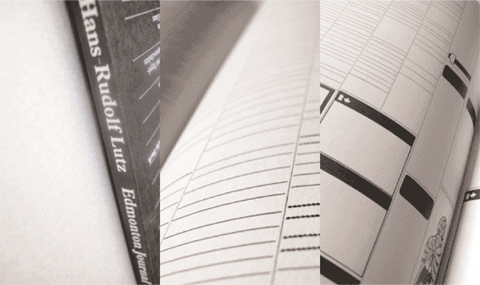
Hans Rudolf Lutz,
Edmonton Journal,
Verlag Hans Rudolf Lutz,
Zurigo 1978.
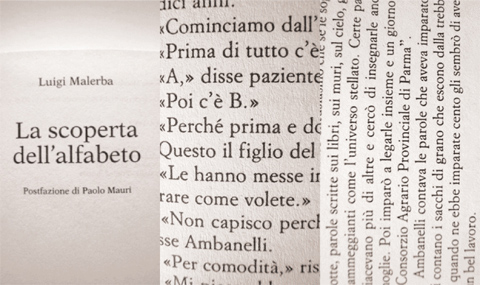
Luigi Malerba,
La scoperta dell’alfabeto,
Arnoldo Mondatori Editore,
Milano 2000.
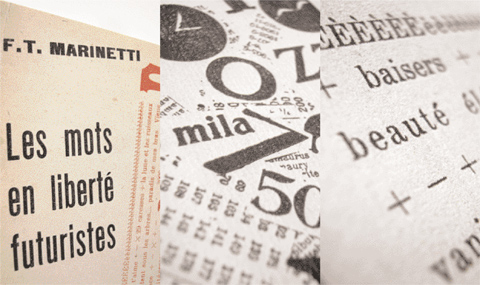
Filippo Tommaso Marinetti,
Les mots en liberté futuristes,
Edizioni Futuriste di “poesia”,
Milano 1919.
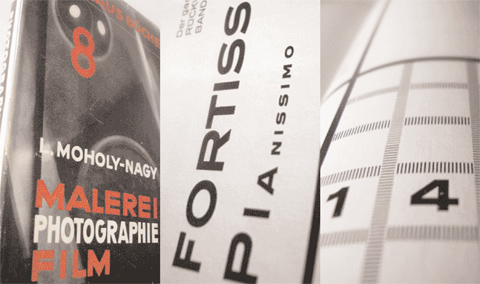
Laszlo Moholy-Nagy,
Malerei, photogaphie, film,
Albert Langen Verlag,
Monaco 1925.
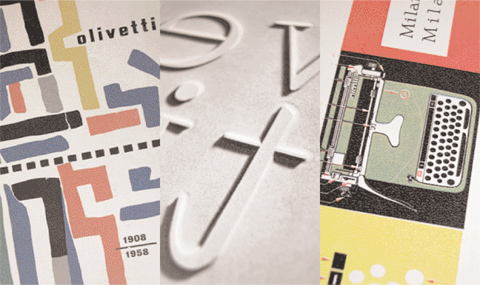
Olivetti 1908-1958,
Giorgio Soavi, a cura di,
disegnato da Giovanni Pintori, Max Huber,
Ing. C. Olivetti & C.,
Ivrea 1958.
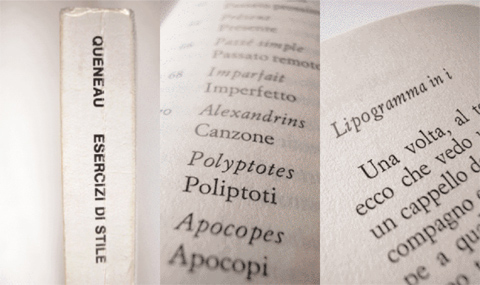
Raymond Queneau,
Esercizi di stile,
Einaudi,
Torino 1983.
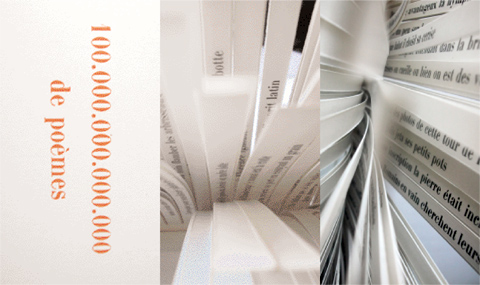
Raymond Queneau, Robert Massin,
Cent mille milliards de poèmes,
Gallimard,
Parigi 1961.
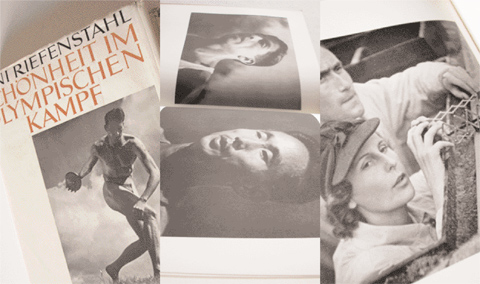
Leni Riefenstahl,
Schönheit im Olympischen Kampf,
Deutscher Verlag,
Berlino 1937.
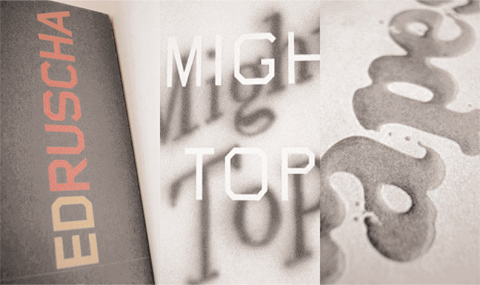
Ed Ruscha,
They called her styrene,
Phaidon,
Londra 2000.
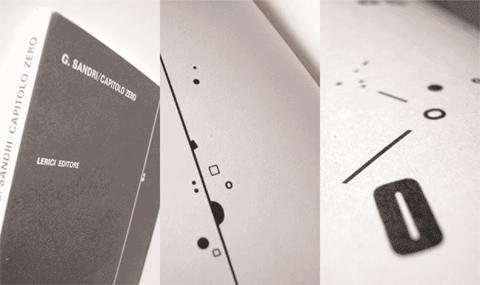
Giovanna Sandri,
Capitolo zero,
Lerici Editore,
Roma 1969.
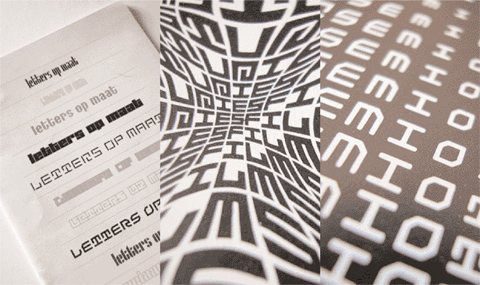
Jurriaan Schrofer,
Letters op maat,
Lecturis,
Eindhoven 1987.

Lo Studio Boggeri 1933-1981,
Bruno Monguzzi, a cura di,
Electa,
Milano 1981.
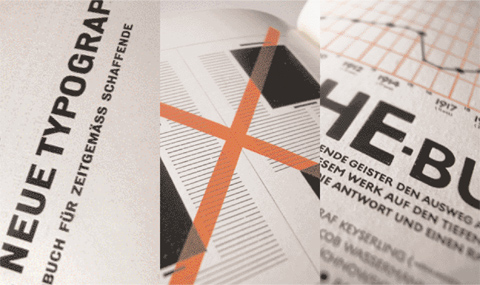
Jan Tschichold,
Die Neue Typographie,
Verlag des Bildungsverbandes der Deutschen Buchdrucker,
Berlino 1928.
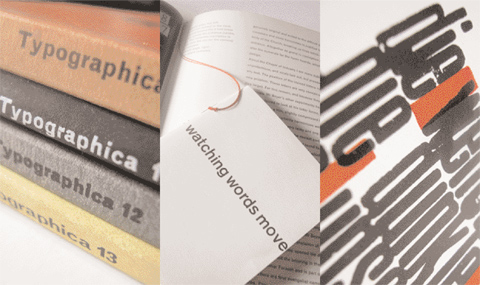
Typographica
Herbert Spencer, a cura di,
old series nn.1-16, 1949-1959;
new series nn.1-16, 1960-1967.
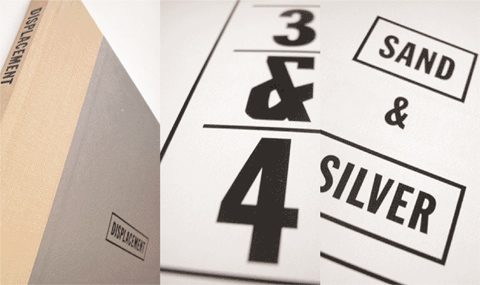
Lawrence Weiner,
Displacement,
Dia Center for the Arts,
New York 1991.
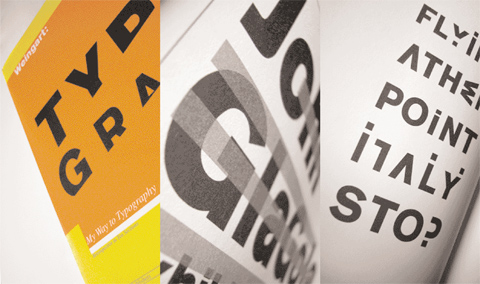
Wolfgang Weingart,
My Way to Typography,
Lars Müller Publishers,
Baden 2000.